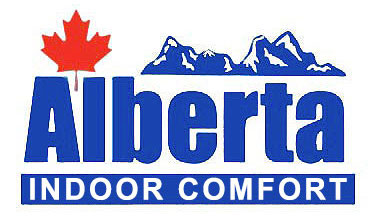Accessibility is the design of solutions and environments for people with disabilities. “Disabilities is an umbrella term, covering impairments, activity limitations, and participation restrictions. An impairment is a problem in body function or structure; an activity limitation is a difficulty encountered by an individual in executing a task or action; while a participation restriction is a problem experienced by an individual in involvement in life situations. Disability is thus not just a health problem. It is a complex phenomenon, reflecting the interaction between features of a person’s body and features of the society in which he or she lives.” —World Health Organization
The person’s desire to remain independent in one’s home is high. Many are forced to move to an (expensive) assistive facility as not aware of the options available for them. This includes individuals ranging from aging seniors to persons with catastrophic injuries (eg. loss of limb, paraplegia, quadriplegia, spinal cord injury) to persons with debilitating illnesses like arthritis, chronic obstructive pulmonary disease (COPD), muscular dystrophy, multiple sclerosis and many others. Key is that they want to stay living in their home, independent, yet are not aware of options to do so. For instance, 90% of seniors desire to stay in their homes until the very end. We either are those in need of accessibility, know someone in need of accessibility at their home (eg. parents) or scramble to accommodate visitors to our homes (eg. parents).
I am not talking about retaining an in-home assistant. I am referring to adapting one’s home to remain independent.

In-home accessibility can be viewed as the “ability to access” one’s home as and when one desires, notwithstanding the disability or enabling access using assistive technology. Home adaptation and remodelling principles involve changes that are meaningful to custom- fitting a home to the person’s needs as time goes by, taking both current and future circumstances into account specifically including accessibility and comfort, independence, convenience, safety and sociability. Aging in Place and universal design principles work to create beautiful, barrier-free, enabling environments that will allow individuals to remain in their homes for as long as they desire.
Stop by and explore some examples of what I am referring to: www.albertaindoorcomfort.com/accessibility
By Carla Berezowski,
Certified Aging in Place Specialist (CAPS)


























